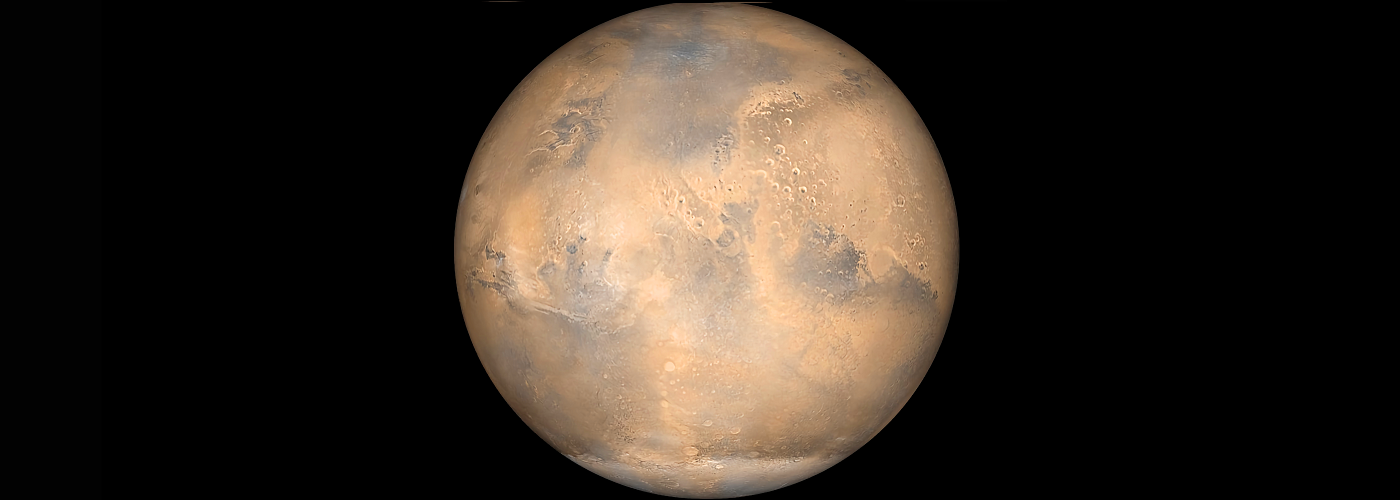

NASA's latest mission to Mars has been racking up the firsts lately. Back on April 19, a miniature, twin-rotor robotic helicopter, named Ingenuity, was the first aircraft to achieve powered, controlled flight on another planet. Just a day later, an instrument aboard the rover Perseverance was the first to successfully extract breathable oxygen on an extraterrestrial world.
The feat was achieved with a device the size of a toaster called MOXIE (Mars Oxygen In-Situ Resource Utilization Experiment). MOXIE uses the process of electrolysis, which heats up carbon dioxide to a very high temperature over 1,400 °F (800 °C) so that the oxygen atoms split off from the carbon atoms. Using this process, MOXIE was able to produce 5 grams of oxygen which is equivalent to 10 minutes of breathable oxygen for an astronaut.
As carbon dioxide makes up a full 95% of the Martian atmosphere, future manned missions to Mars will either have to transport oxygen for astronauts to breathe, or extract the oxygen on-site. As weight is a critical factor in all missions that launch, it would be much more economical and practical to transport a one-ton oxygen extraction unit to Mars, than it would be to haul 25 tons of oxygen in tanks to the Red Planet.
At this stage, MOXIE is a proof-of-concept device that will be run at least nine times over the next couple of years to test it under varying conditions. Future devices for actual manned missions would be larger and with a higher capacity output.